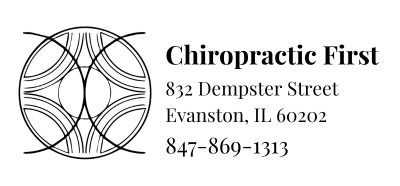Should You “Walk It Off?”
I’ve been talking a lot about how motion helps with healing in the past few newsletters. This month I want to let you know that motion also helps get you out of pain.
When you get injured, whether it is a small injury like closing a your hand in a drawer or a big car accident, your body produces chemicals. Some of the chemicals help you heal, some chemicals produce pain, some chemicals are a byproduct of the injury or byproduct of the healing response.
In all cases, the chemicals need to be able to flow in and out of the injured area. The healing chemicals need to enter and the byproducts need to leave.
Moving the injured part of your body helps those chemicals move. Like squeezing a sponge in water, moving your muscles causes some chemicals to leave and others to enter. The pain chemicals leave and healing chemicals come in.
This does not mean you should go for a long run on a sprained ankle. As I said in a recent newsletter, your muscles are not working properly and you could easily cause a whole other series of problems if you push yourself too hard.
It would be good to lightly massage the area. It would also be helpful to do some stretching and to gently move or exercise.
Getting adjusted as soon as possible after an injury is always a good idea. You have probably noticed how much more motion you have in an injured area after you get adjusted. That will help you heal.

Nervous about moving after an injury? Come to the Stretching and Relaxation class Izzy Libmann is teaching this Saturday morning at Chiropractic First! There are only 2 spots left. The last two classes sold out, and we expect this one will too. So call us right away if you are interested. Izzy is my personal trainer. She has taught me a lot about correctly using my body. The class will involve a lot of stretching and gentle movement—so it’s perfect for releasing some of the pain chemicals that might be stuck in your body!
Interested in the research behind this article? Check out:
Mooney, MD. Journal of Musculoskeletal Medicine 1995; Oct 33-39.
Ito, S, Ivancic, PC, Panjabi, M, Cunningham, BW. Soft tissues injury threshold during stimulated whiplash: a biomechanical investigation. Spine 2004; 29(9): 979-87.
Hammer, W. The Fascial System is a Sensory Organ. ACANews 2014: April 15-19.




Trackbacks/Pingbacks
[…] after being hurt is to stop moving. It is something I’ve written about many times (here, here and here.) However, my colleague’s paper discussed new research on why motion is so important after an […]